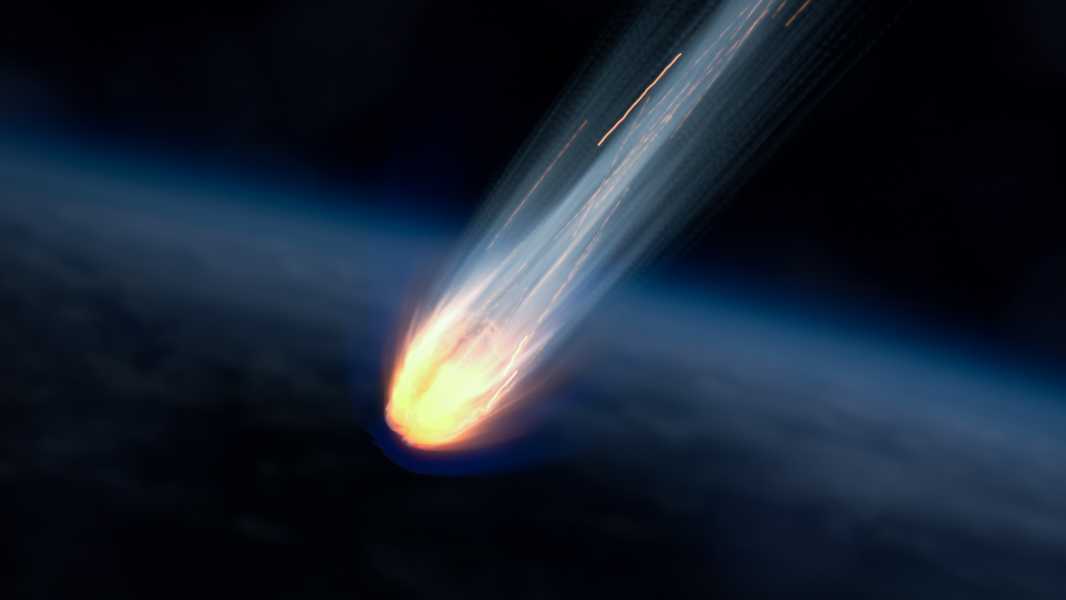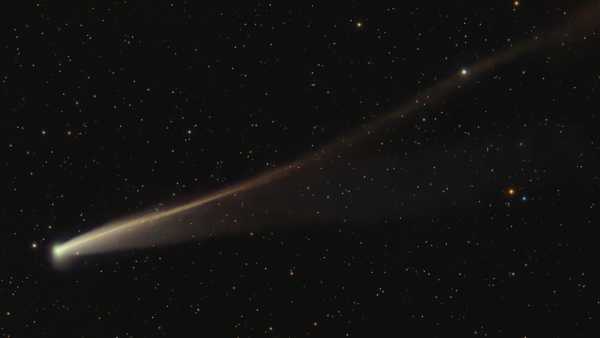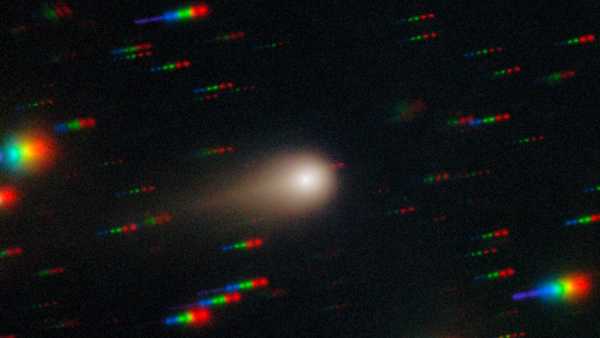
A meteorite struck northwest Scotland about 1 billion years ago, forming the Stac Fada Member geological feature. (Photo credit: Ignatiev via Getty Images)
An ancient meteorite strike in what is now Scotland occurred much more recently than previously thought, researchers say. The discovery will change our understanding of the region's geological history and what scientists thought about some of Britain's earliest land life.
Scientists initially believed the unnamed meteorite hit Earth 1.17 billion years ago, creating the Stac Fada Member rock layer in northwest Scotland. But a new study has found that the meteorite actually struck 990 million years ago — about 200 million years later than previously thought.
The difference in dates is significant because it changes the geological timeline of a region that was home to some of the earliest non-marine life in Britain on the day of the impact – microscopic freshwater organisms that became the ancestors of plants, animals and fungi, according to a statement released by the University of St Andrews in Scotland.
Study co-author Tony Prave, an emeritus professor of earth sciences at the University of St Andrews, told Live Science that the Stac Fada Member, which was part of the supercontinent Rodinia 1 billion years ago, captured conditions on Earth's surface before and after the impact.
“These ecosystems (rivers, lakes, estuaries) had well-established microbial communities,” Prave said in an email. “The region therefore provides a natural laboratory to study what microbial ecosystems and habitats were like before the impact and, importantly, how they recovered after this significant event.”
The results of the study were published Monday (April 28) in the journal Geology.
Meteorites are meteoroids — parts of asteroids or comets — that pass through a planet's atmosphere without burning up and collide with its surface. In this case, the impact occurred on Earth during the Precambrian period (4.6 billion to 541 million years ago), when life began to evolve and diversify.
To more accurately date the impact, the researchers studied crystals of the mineral zircon in the Stac Fada Member. Zircon is extremely stable and can survive for billions of years. Over time, additional rings of zircon form around the mineral's crystalline core, like the rings on a tree trunk, preserving information about geological events, according to the American Museum of Natural History.
Zircon also contains small amounts of the radioactive element uranium in its crystal structure, which decays over long periods of time and turns into lead, Prave said. Scientists can measure this decay and use it to date ancient geological events.
Billion-year-old impact in Scotland raises questions about life on land – YouTube

See more
“The decay of uranium into lead is like a time clock, so when the meteorite hit the rocks, it reset the time clock in the zircon crystals,” Prave explained. “My colleagues then extracted these zircons from the rock and analyzed the ratio of lead to uranium in the crystals…”
The results showed that the impact occurred 200 million years later than the researchers had previously thought. The new estimate helps scientists better understand Scotland’s ancient geology and early freshwater life, but there’s still much they don’t know about the impact, including the meteorite’s size. To do that, researchers will need access to the impact crater, but its location is unknown.
Prave noted that the environment of Stak Fada has recovered from the impact
Sourse: www.livescience.com





